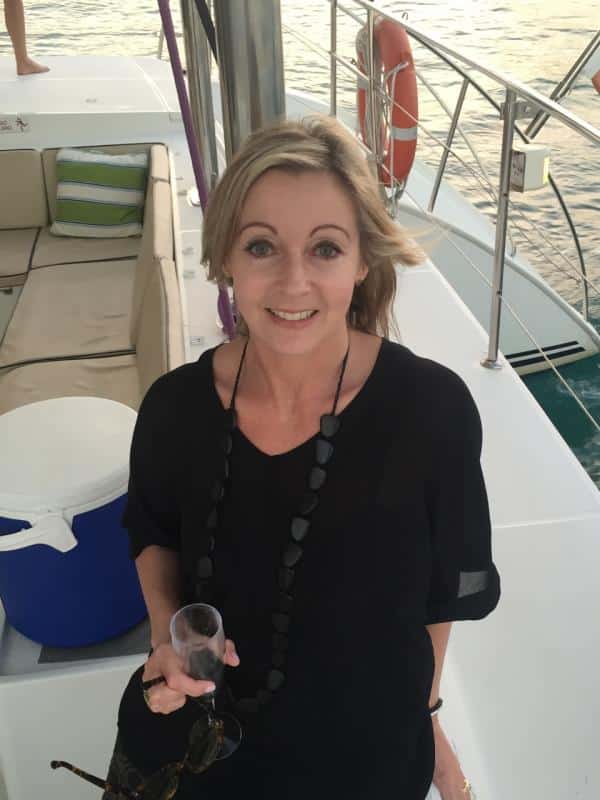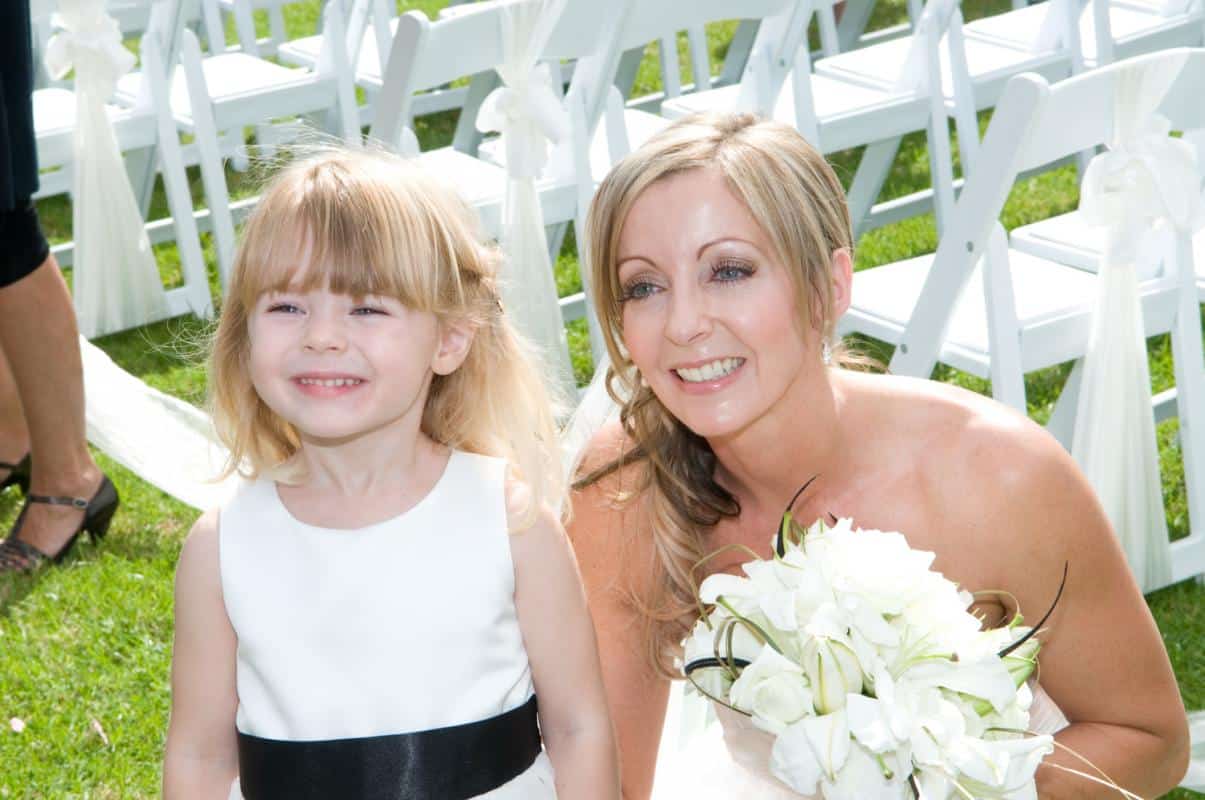
Lynne Hansen
22 December 2017 – Autism is complex. It represents itself in children in different ways and by gender. Lynne Hansen looks at the challenges parents face in having their children’s needs met and how they access support through the education system.
CHILDREN WITH high-functioning autism run the risk of being misunderstood due to their more subtle differences, traits and difficulties.
Referral for assessment of autism spectrum disorder (ASD) may be delayed in these children, especially girls, as people have not recognised that their challenges are explained by autism.
Once a referral for assessment of autism is made, there are differences around New Zealand regarding where the assessment takes place, who does the assessment and how long you will have to wait for an assessment. In some parts of the country wait times are up to two years.
It took nearly three years for my daughter Amy, now aged 9 ½, to get an assessment.
When she was five, a private psychologist said Amy showed traits of autism and gave a diagnosis of Attention Deficit Hyperactivity Disorder (ADHD) which we now know is not the case.
What that meant for us as parents was that we could not access much support if any while she was attending an early childhood centre and were often phoned by teachers and asked to collect Amy from the centre due to behavioural issues.
My understanding is it is harder to assess girls at an early age for high functioning autism even if difficulties are present due to the appearance of social skills as well as being good at masking social deficits, so often the need for a diagnosis is not always apparent or it is missed or the child is labelled odd quirky obsessive etc.
My husband and I knew when Amy was two that there was an obvious difference in her developmental stages and communication difficulties were clearly apparent at an early age. There was, as well, extreme behaviour which highlighted to us that she was frustrated in not being able to communicate effectively her needs and struggled to regulate herself in situations that made her anxious.
Those early years were tough.
My husband, a director and manufacturer, was very busy working in the business and away at various times. I was studying and trying to be the best mum I could to our lovely daughter and hold it all together.
We sought help from various sources such as our family doctor, we attended family counselling, private specialists and had dealings with an early intervention teacher who came in to support the early childhood centre around Amy’s behaviour. A speech therapist assessed Amy but ASD was not mentioned.
The second challenge was understanding the Special Education processes.
Before Amy’s diagnosis, my husband and I worked with the primary school to support her and support the teacher around managing her extreme behaviour. I even recall writing a letter giving the teacher permission to physically remove Amy from the classroom if need be.
That was awful and a very challenging time for our family. We did not understand why she was the way she was nor did we understand the process to access Ministry of Education (MoE) services. Nor did we understand the role of the various people such as the resource teacher Learning and Behaviour (RTLB) and we were very reliant on the Special Education needs coordinator (SENCO) at Amy’s school to push for this.
Lucky for us we had a proactive supportive principal who applied straight away to Special Education to access their educational psychologist, to build a plan going forward to support Amy on a daily basis. However we did not have enough support to fully understand what was happening.
I remember going to our first individual education plan meeting not even knowing what it was or what my role was in the meeting as a parent or what I needed to do to prepare for the meeting.
People who worked in the education system and understood the process, ran the meeting with me as a spectator, leaving me feeling disempowered and once again uninformed. Yet I was probably their greatest resource.
The Power of Knowledge and Good Relationships
Thankfully four years on Amy has a clear diagnosis of autism so we know what we need to manage and where we need to support her.
I became more knowledgeable about autism and confident about parenting a child with autism. I now work as a coordinator and facilitator for Altogether Autism.

Lynne Hansen with Amy
I run most of my daughter’s individual education plan meetings and work closely with my daughter’s school providing daily support and information and strategies that are needed at the time as these are a moving target!
I have built a strong relationship with my daughter’s school working alongside them, often asking: “What do you need from me, how can I support you”?
The third challenge is communication. Often parents struggle to communicate effectively what they want for their child and sometimes they struggle to articulate their wants and desires for their child in collaborative meetings. On the other hand the school or educators often don’t initiate communication with the family unless there is a problem, leaving parents feeling dreadful. It is so critical for teaching staff to keep communicating regularly with the parents and share good news stories as well as the challenges.
The fourth challenge is how to manage expectations. My work with families who have children with autism means I have learnt that expectations from both parents and the school are often not clearly defined or communicated effectively initially or in an ongoing way, leading to a breakdown in the relationship between parent and school.
Parents are emotionally charged which can be misunderstood by educators as parents placing unrealistic expectations on schools when in fact they are just wanting support and acknowledgement of their child’s individual needs and their personal journey.
While in some cases parents don’t feel they can place expectations on schools particularly if their child comes with behavioural issues, in other cases parents may have expectations that cannot be met. I see parents move their children from school to school placing huge expectations on schools and educators because they do not understand the environment with which the school operates or the correct process involved in negotiating issues with schools or school boards.
Once issues get to that stage the relationship is broken between both parties as parents are seen as intrusive and unreasonable. What schools and parents need to do is make it clear what the working relationship should look like going forward and confirm that the expectations placed are reasonable.
Having resources and timeframes provides the fifth challenge.
Once a problem is identified, it seems to take too long for support to be put in place which increases the chance of more issues developing for that child be it behavioural or educational. To be told that school resourcing is very limited and that MoE staff have a huge workload and long waiting lists can be crushing. I have also found some MoE staff intrusive and lack compassion in their dealings with some families as clearly they are fatigued and overworked.
In some cases the level of support from the MoE or RTLB services seems inconsistent and reliant on the skill set of the individual staff member.
“People who worked in the education system and understood the process, ran the meeting with me as a spectator, leaving me feeling disempowered and once again uninformed. Yet I was probably their greatest resource”
Working alongside families over the past four years I have been in many school meetings and been disappointed at the level of knowledge on high functioning autism and how to effectively support a child so they can be successful in the school environment.
At the same time there are times when people step outside of their role and offer opinions that they should not. I will never forget a teacher saying to me when Amy was five: “I know what autism looks like and she is not autistic”.
From this teacher’s collective teaching experience over years of teaching she placed herself in the expert seat. (Only paediatricians, psychologists and psychiatrists are able to make a formal diagnosis of autism.)
Teachers and MoE staff need to be prepped or given a process, guidelines or even a structure on consulting with or talking to parents about children diagnosed or undiagnosed around supporting their individual needs.
Here is an example of a positive and effective approach. My husband and I fund a lunchtime programme in my daughter’s school to create a safe environment for children who are like Amy to go to and do something they enjoy. It’s a creative club where they do art etc and is very successful. Amy runs it with the help of the teacher. It not only gives her a self-esteem boost but supports other children. This is a proactive approach as opposed to reactive behaviour management.
If I had one dream it would be that every primary school would invest in this. In my ideal world, teachers and special education staff would be knowledgeable about working with children with autism, there would be more consistency in the help that people get, parents would understand what was available and what to expect, parents would be considered experts on their child and an equal member of the team and be consulted by school staff about what works and what doesn’t for their child. It would be great if flexible teaching was the norm and educators looked at ways to build on an individual’s abilities or strengths and to support the development of the child’s interests.
I would like to believe that our schools have a broader vision and lose the old thinking and look past the differences and challenges that our children present with, instead look at ways to manufacture opportunities where they can grow and learn.
CORE ISSUES
- Lack of Training for Ministry of Education staff, teachers and support staff.
- Clarification of roles – Special education needs coordinators operate differently from school to school dependent on their skill set which leaves room for individual interpretation.
- Process – Ministry of Education needs to have a clearer process for parents to understand how to access support and resourcing for their child. That process should include who and how and what, give a clear timeframe and follow a child right through the education system.
- Advocacy service – At present there is no such thing, we need to be able to walk alongside parents at times they are exhausted and to be able to offer independent advocacy support, to help them navigate a system that seems all too hard to understand.
- Resourcing and timeframes – This is always an issue that comes up in school meetings, schools often say they have no resources they learn on the run.
- Working relationship – Supporting a child with autism is a moving target and their needs change.
- Old thinking and old working model – It would be great if educators looked at ways to build on an individual’s abilities or strengths and to support the development of interests where flexible teaching is the norm
- Behaviour support – The Special Education service within the Ministry of Education is the only place a school can access and build a plan to support a child with autism and behavioural issues. There is usually a lengthy wait list.
This article first appeared in the Altogether Autism Journal Issue 1, 2018.


